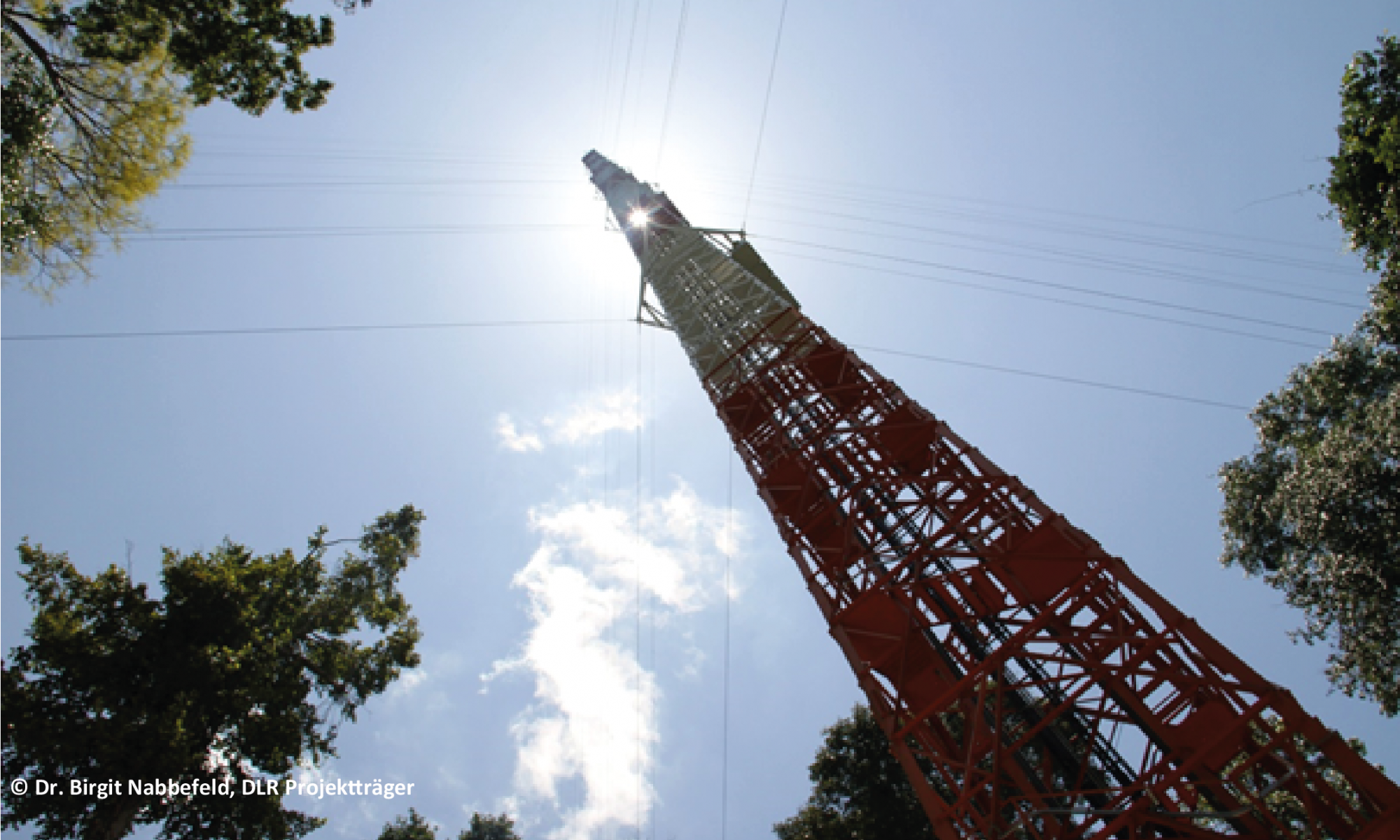ATTO: the Amazon Tall Tower Observatory, an Amazon research project
Keywords : ATTO, Aerosols, Photometer, Atmosphere
The Amazon Tall Tower Observatory (ATTO) is the world’s highest research facility located in the middle of the Amazon rainforest in northern Brazil. It is a research site with a 325 meters tower for atmospheric observations.
This joint German-Brazilian project was launched in 2008 in order to further the understanding of the Amazon rainforest and its interaction with the soil beneath and the atmosphere above. This is made possible by recording continuously meteorological, chemical and biological data such as greenhouse gases or aerosols.
Scientists and researchers on site hope to gain insights into how the Amazon interacts with the atmosphere and the soil. This region is very important for the global climate as Saharan dust, biomass smoke from Africa, urban and marine aerosols come from long distances due to the winds. It is vital to get a better understanding of this area for environmental decisions.
On this gigantic tower, a CE318-T photometer is installed at 210 meters from the ground and allows a more efficient calculation of the quantity of aerosols present in the air around this site. The photometer uses NASA’s AERONET calibration system to collect the most reliable data possible.

At the core of the project is to learn more about biogeochemical cycles, the water cycle and energy fluxes in the Amazon. The goal is to determine their impact on global climate and how they are influenced by the changing climate and land-use change.
ATTO teams strive to close a gap in the global climate monitoring network and want to improve climate prediction models and to recognize the importance of the Amazon within the climate system.
Thanks to our sun-photometer, the scientists on site were able to collect information on daily mean AOD values at 550 nm wavelength. These data allowed us to analyze the soils present in the atmosphere of the Amazon forest. Here some results of the ATTO project with our sun-photometer between August and September 2019.

Citation: Hassan Bencherif, Nelson Bègue, Damaris Kirsch Pinheiro, David Du Preez, Jean-Maurice Cadet, et al.. Investigating the Long-Range Transport of Aerosol Plumes Following the Amazon Fires (August 2019): A Multi-Instrumental Approach from Ground-Based and Satellite Observations. Remote Sensing, MDPI, 2020, Advances in Remote Sensing of Biomass Burning, 12 (22), pp.3846.
If you want to discover or learn more about this major project, visit: https://www.attoproject.org/


